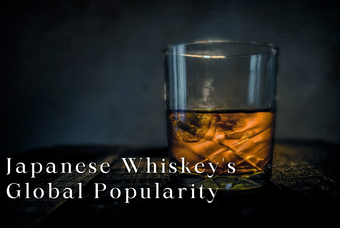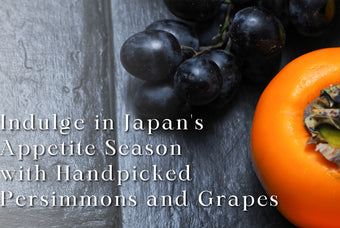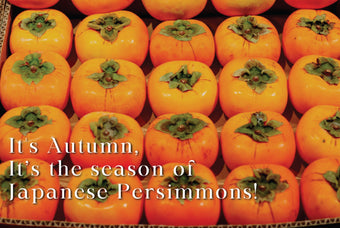【Story】Kitasanriku Factory (Producer of Kita Murasaki Sea Urchins)

💡About Kitasanriku Factory
The challenge for them at Kitasanriku Factory is after the 2011 Tōhoku Earthquake.
After the Earthquake, they started from a small workshop processing seaweed.
With the support and help of various people And now, 10 years after the earthquake
They have finally reached the entrance of our mission.
They think that products produced by the people and nature of Kitasanriku have the potential to be highly evaluated in the global market.
They believe that the value of the Kitasanriku area to be derived all over the world
They are committed to creating the best products with the best ingredients from Kitasanriku.
They aim to create a future in which our products are enthusiastically supported by food lovers around the world.
They aim to create a future where our products are enthusiastically supported by food lovers around the world.
Through food, they will search for the "future of affluence".
The foundation of the future we are aiming for is "marine resources", "communities", and "people".
For the future, they will continue to work on the materialization of sustainable "fishery resources" and "regions" for the future, and on the development of human resources who will be responsible for the future.
Their challenge from now on will be to lead the future of Japan's fisheries industry like a tugboat with a powerful driving force.
President and CEO, Kitasanriku Factory Co.
Yukinori Shitautsubo
💡Sea urchin cultivation system at Kitasanriku Factory
They have cultivated new demand for sea urchins by branding the production area of fresh sea urchins from Kitasanriku (Hirono Uni Farm) and also by innovative processed products such as "UNI & Butter" that expand the eating scene of sea urchins.
However, in the past few years, sea urchin landings have become unstable and are on the decline.
The quantity of sea urchins is also worsening due to "isoyake" (a phenomenon in which seaweed is depleted and the sea becomes a desert).
This is not only a problem in Kitasanriku, but also in other sea urchin producing areas in Tohoku, Hokkaido and other parts of Japan, as well as overseas.
There is still a lot of potential in the sea urchin market.
If they can provide a stable supply of sea urchin that is not affected by weather conditions or poor catches, and if they can ship fresh sea urchin regardless of the season, especially in the winter when luxury foods are in demand, they can further expand the market both domestically and internationally and create year-round employment in the production areas.
The solution to this problem is "sea urchin farming.
By establishing a method of cultivating high-quality sea urchins that can meet market expectations and ensure stable year-round shipments, they can not only challenge the greater potential of sea urchins themselves, but also adapt the method to other regions in Japan and overseas that are facing similar challenges. They believe that this initiative will follow in the footsteps of our predecessors' "Uni Farm," which was developed to raise natural sea urchins from young urchins without catching all the urchins.
It has been a common belief that sea urchins do not move or eat food in winter, and therefore do not fill up well. However, they have learned through joint research with a research and development team led by Dr. Hiroshi Urawa, Assistant Professor at the Faculty of Fisheries Science, Hokkaido University, that this is only because there is nothing to eat.
To solve this problem, unused biomass such as scraps of unused seaweed, which had been disposed of as industrial waste in kelp fishing along the coast of Hokkaido, was recycled and used as food for sea urchins.
By feeding it to the sea urchins, it is possible to grow sea urchins with good flesh throughout the year.
The seaweed originally found in the sea is used as food, so it does not pollute the sea.
Trials began in 2018. They are now expanding our trial sites to Miyagi and Hokkaido, and are in the process of establishing an aquaculture method that can provide fresh sea urchin both in the sea and on land throughout the year. They position this sea urchin cultivation as a "solution" for fishery cooperatives in production areas, and aim to commercialize it as a "sea urchin cultivation system" that can be customized to suit the conditions of production areas and fishery cooperatives in Japan and overseas.


![[Restock] Negitoro and Award-winning Soy Sauce](http://jx.today/cdn/shop/articles/negitoro-mb_340x228_crop_center.jpg?v=1696387775)


![[New] Oyaki - Mountain Veggie Dough Delights from Nagano Prefecture](http://jx.today/cdn/shop/articles/oyaki-text_340x228_crop_center.jpg?v=1695757170)

